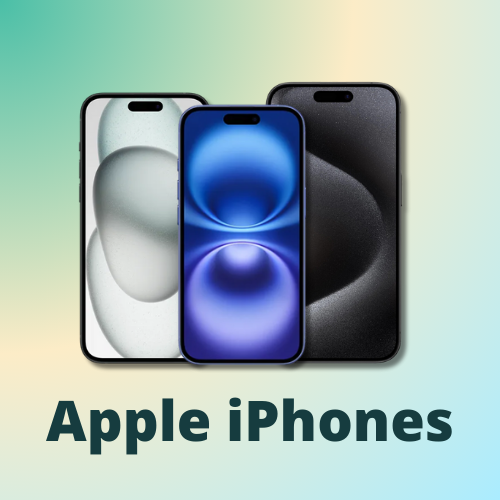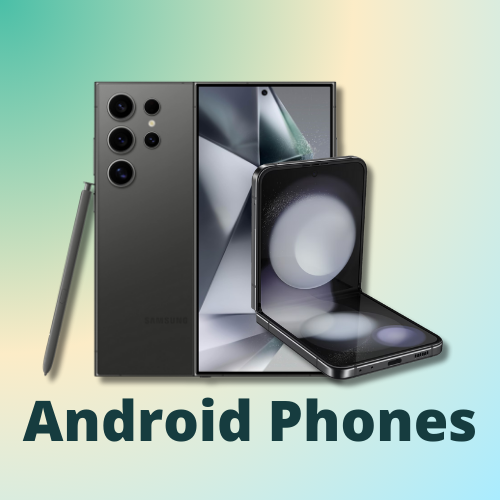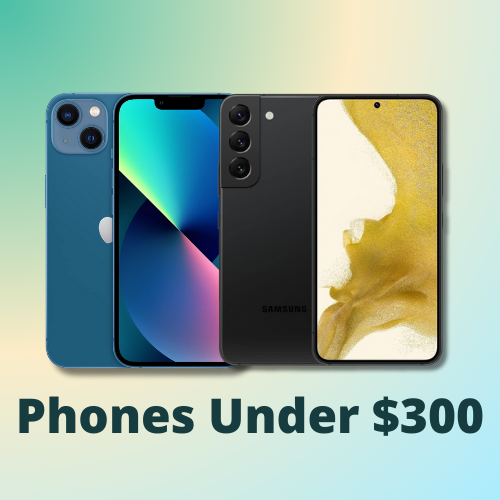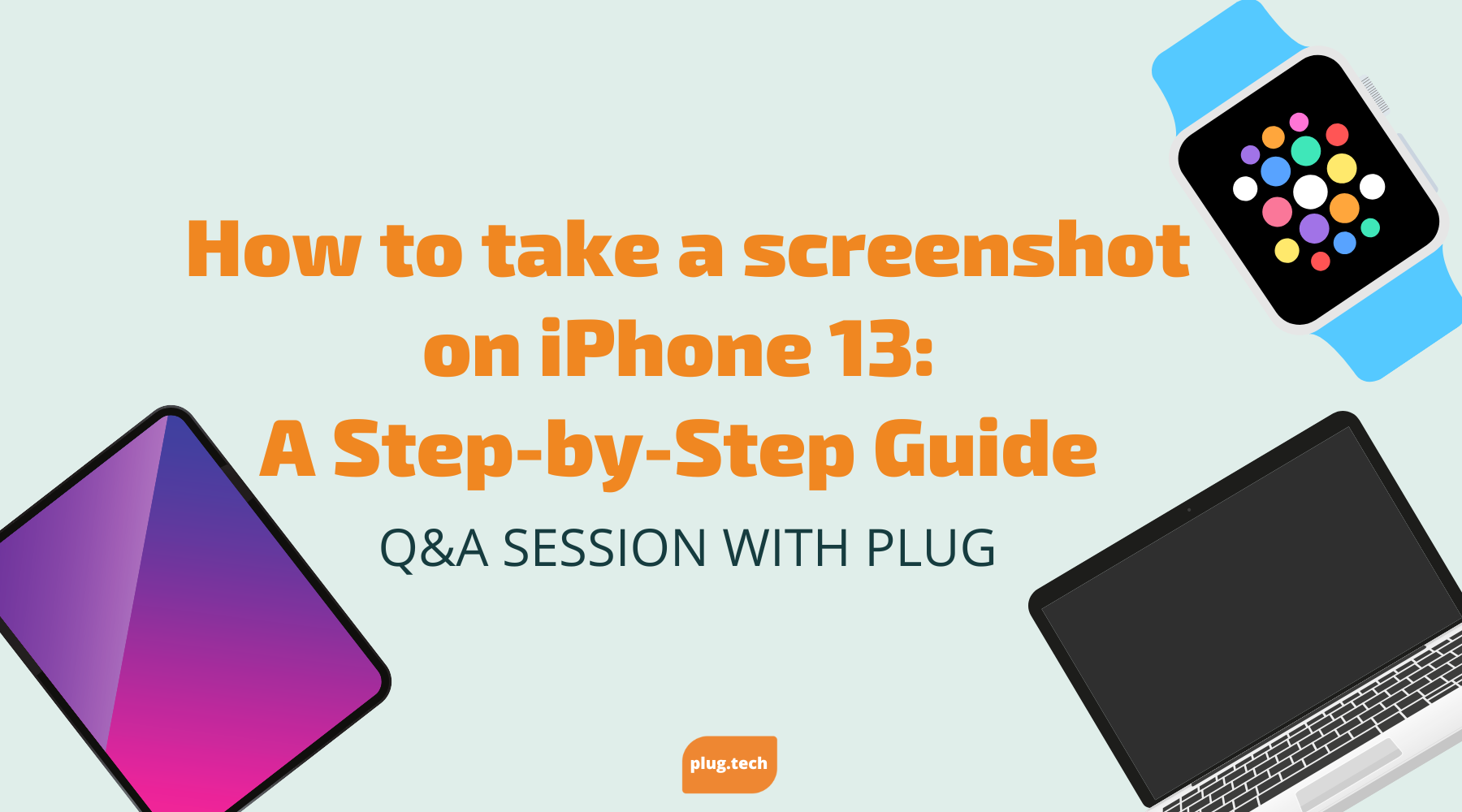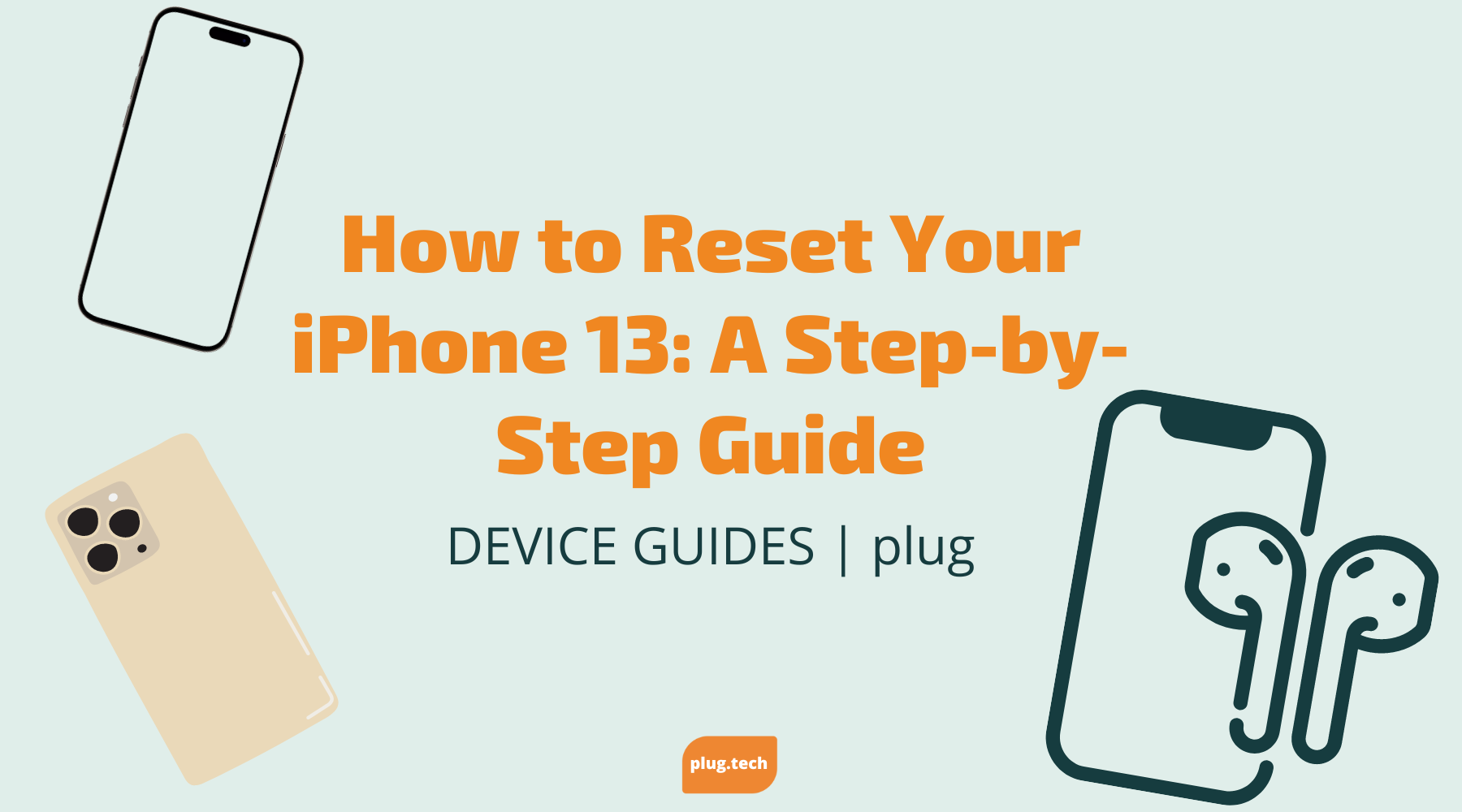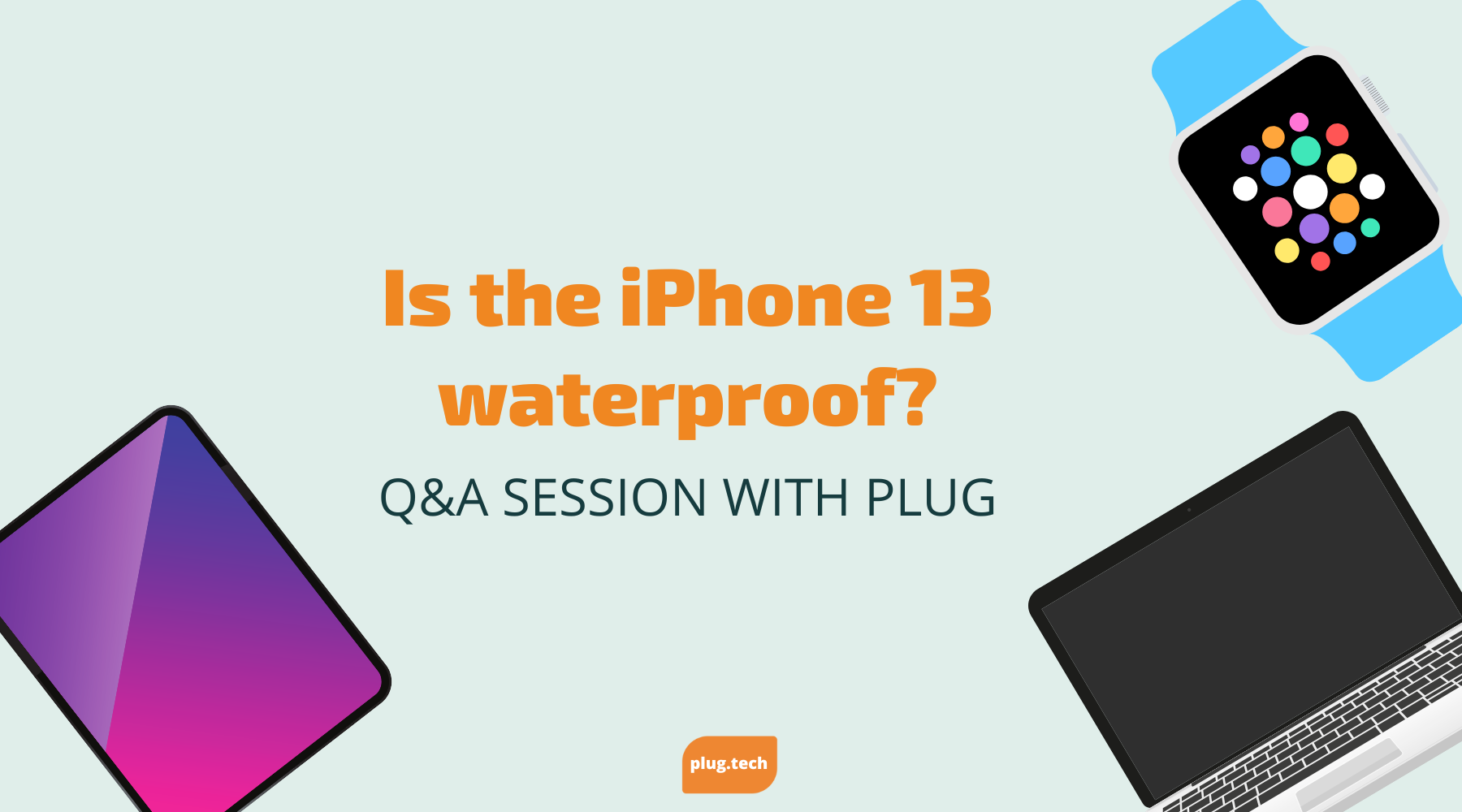How to Take a Screenshot on iPhone 13: A Step-by-Step Guide
Are you struggling to figure out how to take a screenshot on your iPhone 13? Don't worry, you are not alone. Whether you need to capture important information, share memorable moments, or troubleshoot issues, taking screenshots on your iPhone can be a beneficial tool. In this step-by-step guide, we will show you how to take screenshots on your iPhone 13 using both physical buttons and AssistiveTouch.
Why You Might Need to Take a Screenshot on Your iPhone 13
Before we dive into the specifics of taking a screenshot, let's explore the reasons why you might need to take one.
Capturing Important Information
Whether it's for work or personal reasons, taking a screenshot of important information can be extremely helpful. For example, if you're on a call with a customer service representative and they provide you with a reference number, taking a screenshot ensures that you have the necessary information saved for future use. This can save you time and frustration if you need to refer back to that information later.
Sharing Memorable Moments
Screenshots are a great way to capture and share memorable moments on your iPhone. Whether it's a funny text message or a stunning photo, a screenshot allows you to share those moments with others. For instance, if you're scrolling through your social media feed and come across a post that really resonates with you, taking a screenshot allows you to easily share that post with your friends and followers.
Additionally, if you're a content creator, taking screenshots of your work can be helpful for building your portfolio or showcasing your skills to potential clients.
Troubleshooting and Reporting Issues
If you are experiencing issues with your iPhone, taking a screenshot can be helpful in troubleshooting and reporting the problem. For example, if you're trying to access a website or app and it's not working properly, taking a screenshot of the error message can help you or a technical support representative identify the issue and find a solution.
You can easily send the screenshot to Apple support or your friend who knows more about technology. This can save you time and frustration in trying to explain the problem verbally.
Documenting Progress
If you're working on a project or goal, taking screenshots can be a great way to document your progress. For example, if you're tracking your fitness journey, taking screenshots of your workout stats can help you see how far you've come and motivate you to keep going.
Similarly, if you're learning a new skill or language, taking screenshots of your progress can help you see how much you've learned and where you need to focus your efforts.
In conclusion, taking screenshots on your iPhone can be useful for a variety of reasons, from capturing important information to sharing memorable moments and documenting progress. Knowing how to take a screenshot is a valuable skill that can save you time and frustration in a variety of situations.
Preparing Your iPhone 13 for Taking Screenshots
Whether you're trying to capture a funny meme or show off a new app, taking screenshots on your iPhone 13 is an easy way to share what's on your screen. However, before you start snapping away, it's important to make sure your device is set up for success. Here are some tips to help you prepare your iPhone 13 for taking screenshots.
Checking Your iOS Version
Before taking a screenshot, it's essential to ensure that your iPhone is running the latest iOS version. Not only can this prevent any potential issues from occurring during the screenshot process, but it can also ensure that your device is running smoothly overall. To check your iOS version, go to "Settings" -> "General" -> "Software Update" to see if there are any available updates. If there are, be sure to download and install them before attempting to take any screenshots.
Adjusting Your Screen Brightness
Another important factor to consider when taking screenshots is your screen brightness. If your screen brightness is too low, it can make it difficult to see what you are capturing in a screenshot. On the other hand, if your screen brightness is too high, it can cause unnecessary glare or reflections. To adjust your screen brightness, simply swipe down from the top right corner of your screen and adjust the slider to the desired level. A good rule of thumb is to set your screen brightness to around 50-75% for optimal screenshot results.
Closing Unnecessary Apps
Finally, it's a good idea to close any unnecessary apps before taking screenshots. This can give your iPhone more memory, which can improve the performance of taking screenshots. To close an app, simply swipe up from the bottom of the screen and swipe the app away. Not only can this help your iPhone run more smoothly, but it can also ensure that your screenshots are free of any unwanted distractions or notifications.
By following these simple tips, you can ensure that your iPhone 13 is fully prepared for taking screenshots. Whether you're capturing a funny text conversation or showcasing a new app, you'll be able to snap away with confidence, knowing that your device is optimized for success.
Taking a Screenshot Using Physical Buttons
Locating the Side Button and Volume Up Button
Taking a screenshot can be a useful way to capture an image of what is on your device's screen. If you have an iPhone or iPad, one way to take a screenshot is by using physical buttons. To begin, you need to locate the side button and volume up button on your device.
The side button is typically located on the right side of your device, and it is used to put your device to sleep, wake it up, or turn it off. The volume up button is usually located on the left side of your device, and it is used to increase the volume of your device's audio.
Pressing the Buttons Simultaneously
Once you have located the buttons, taking a screenshot is easy. Simply press and hold the side button and the volume up button at the same time. It is important to press both buttons simultaneously and hold them until you hear a camera shutter sound. This sound indicates that the screenshot has been taken.
It is worth noting that if you have an iPhone X or later, you will need to press and hold the side button and the volume up button at the same time, as well as the volume down button. This is because the side button on these devices is used to activate Siri, so pressing it alone will not take a screenshot.
Accessing Your Screenshot in Photos
Once you have taken your screenshot, it will automatically be saved to your Photos app. To access your screenshot, open the Photos app and look for it in the "Recent" or "All Photos" section. From there, you can edit, share, or delete the screenshot as you wish.
Overall, taking a screenshot using physical buttons is a quick and easy way to capture an image of your device's screen. Whether you want to save a memorable moment, capture an error message, or share something with a friend, taking a screenshot is a handy tool to have at your disposal.
Taking a Screenshot Using AssistiveTouch
Are you tired of fumbling with the physical buttons on your iPhone to take a screenshot? Luckily, there's a solution! With AssistiveTouch, you can take a screenshot with just a tap of a virtual button. Here's how:
Enabling AssistiveTouch in Settings
AssistiveTouch is an iPhone feature that creates a virtual button on your screen, allowing you to perform a variety of functions without pressing physical buttons. This can be especially helpful for those with physical disabilities or for anyone who wants to simplify their iPhone experience. To enable AssistiveTouch, go to "Settings" -> "Accessibility" -> "Touch" -> "AssistiveTouch" and toggle it on.
Once you've enabled AssistiveTouch, you'll see a small white circle appear on your screen. You can move this circle around to any part of your screen that's convenient for you.
Customizing the AssistiveTouch Menu
Now that you have AssistiveTouch enabled, you can customize the menu to include a screenshot option. This will make it even easier to take a screenshot without having to navigate through menus. To customize the menu, go to "Settings" -> "Accessibility" -> "Touch" -> "AssistiveTouch" -> "Customize Top Level Menu" and click the plus sign to add an option.
From there, you'll see a list of options to choose from. Look for "Screenshot" and select it. You'll see a small icon appear on the virtual button, indicating that the screenshot option has been added to your menu.
Capturing a Screenshot with AssistiveTouch
Now that you have the screenshot option added to your AssistiveTouch menu, taking a screenshot is a breeze. Simply tap the virtual button on your screen to open the menu, then tap "Screenshot." The screenshot will be taken, and you will hear a camera shutter sound, indicating that the screenshot has been taken.
It's important to note that you'll need to have the screen you want to capture open and visible on your iPhone before taking the screenshot. Otherwise, you'll just capture a blank screen.
Accessing Your Screenshot in Photos
Like with physical buttons, your screenshot will automatically be saved to your Photos app. Open the Photos app, and you should see your screenshot in the "Recent" or "All Photos" section. From there, you can edit, share, or delete the screenshot.
Overall, AssistiveTouch can be a valuable tool for anyone looking to simplify their iPhone experience. Whether you have physical limitations or just want to make your iPhone easier to use, AssistiveTouch is definitely worth checking out. And with the ability to customize the menu, you can make it work for you in whatever way is most convenient.
Conclusion
As you can see, taking screenshots on your iPhone 13 is a simple process that can be accomplished using physical buttons or AssistiveTouch. Whether you need to capture important information or share memorable moments, taking screenshots can be a beneficial tool. Remember to ensure that your iPhone is updated and has enough memory before taking a screenshot, and to adjust your screen brightness if needed.


